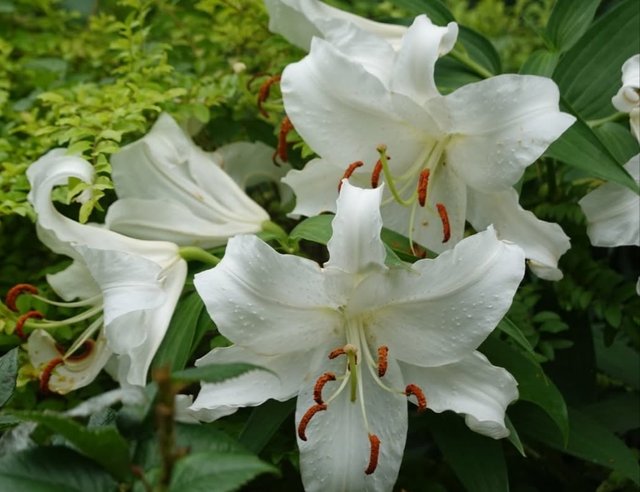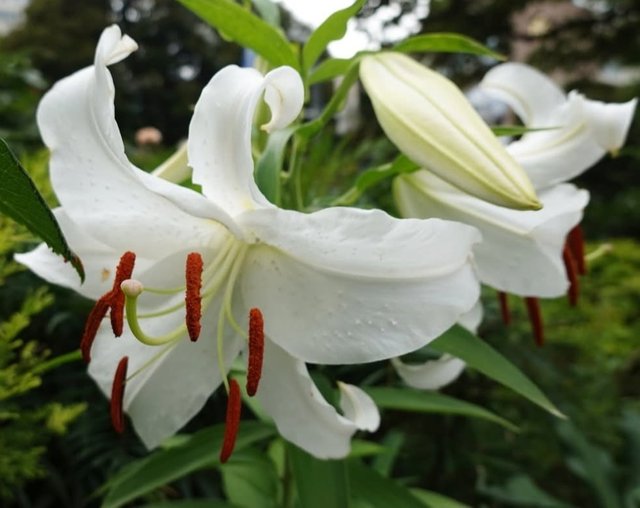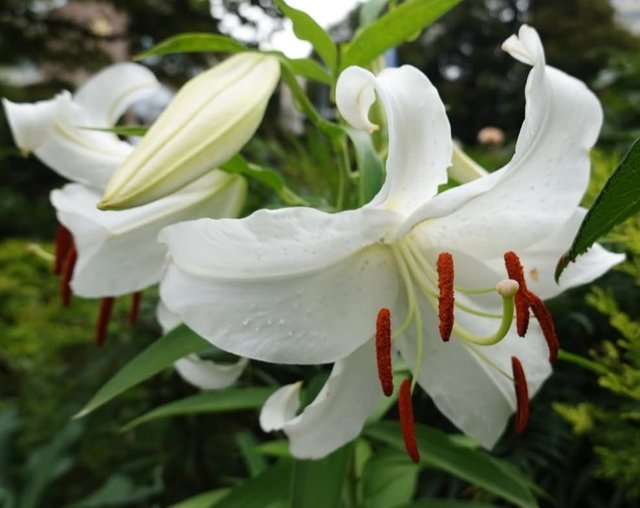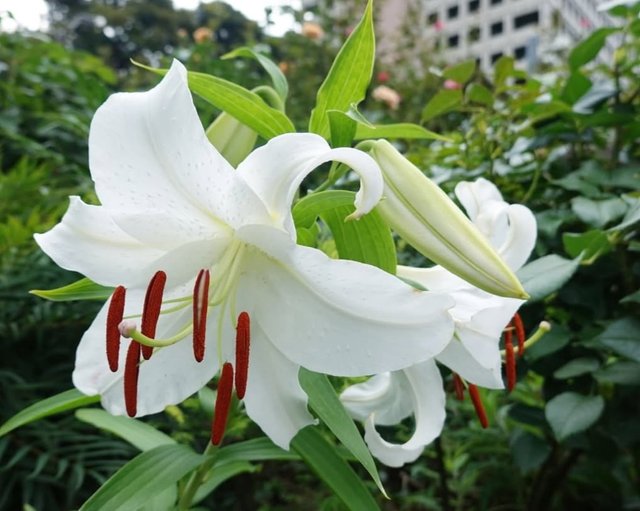The Golden-rayed lily, often hailed as the “Queen of Lilies,” is one of the most majestic and cherished flowering plants in the lily family. Native to Japan, this striking species is renowned for its exceptional beauty, large blossoms, and intoxicating fragrance. It has not only played a prominent role in horticulture but also holds cultural significance, particularly in East Asia. Let’s explore this remarkable flower in depth—its botanical features, growing conditions, symbolism, and importance in both gardens and cultural heritage.
Botanical Overview
Scientific Name: Lilium auratum
Common Names: Golden-rayed lily, Mountain lily, Yamayuri
Family: Liliaceae
Native Range: Japan
The Golden-rayed lily is a bulbous perennial that produces robust, tall stems—often reaching up to 5 feet—adorned with multiple spectacular flowers. The blooms, which appear in summer, are large and trumpet-shaped, each measuring up to 10 inches across. The petals are usually white, marked with striking golden-yellow rays down the center and speckled with crimson spots, giving the flower its characteristic dramatic look.
Its fragrance is another remarkable trait—powerfully sweet, especially in the evenings, attracting night pollinators like moths.
Growing and Care
Golden-rayed lilies are not the easiest plants to cultivate but can thrive with proper care. Gardeners around the world grow them both in outdoor borders and in containers due to their aesthetic appeal.
Growing Conditions:
Soil: Well-drained, humus-rich, slightly acidic to neutral
Light: Prefers partial shade or dappled sunlight
Watering: Requires consistent moisture, especially during the growing season, but does not tolerate waterlogging
Spacing: Provide adequate space between bulbs for airflow
Support: May need staking due to the height and weight of the flower heads
Challenges:Golden-rayed lilies can be prone to pests such as:
Lily beetles
Aphids
Slugs and snails
They are also susceptible to fungal infections like botrytis blight, especially in humid or overly wet conditions. Mulching and good air circulation can help prevent disease.




%20(9).jpeg)